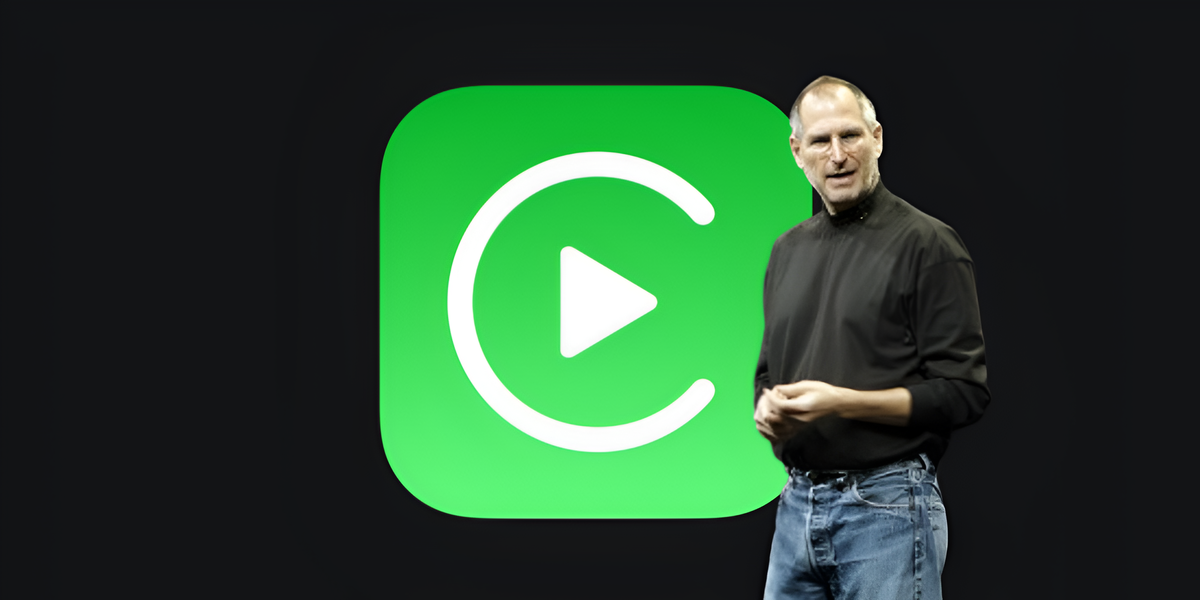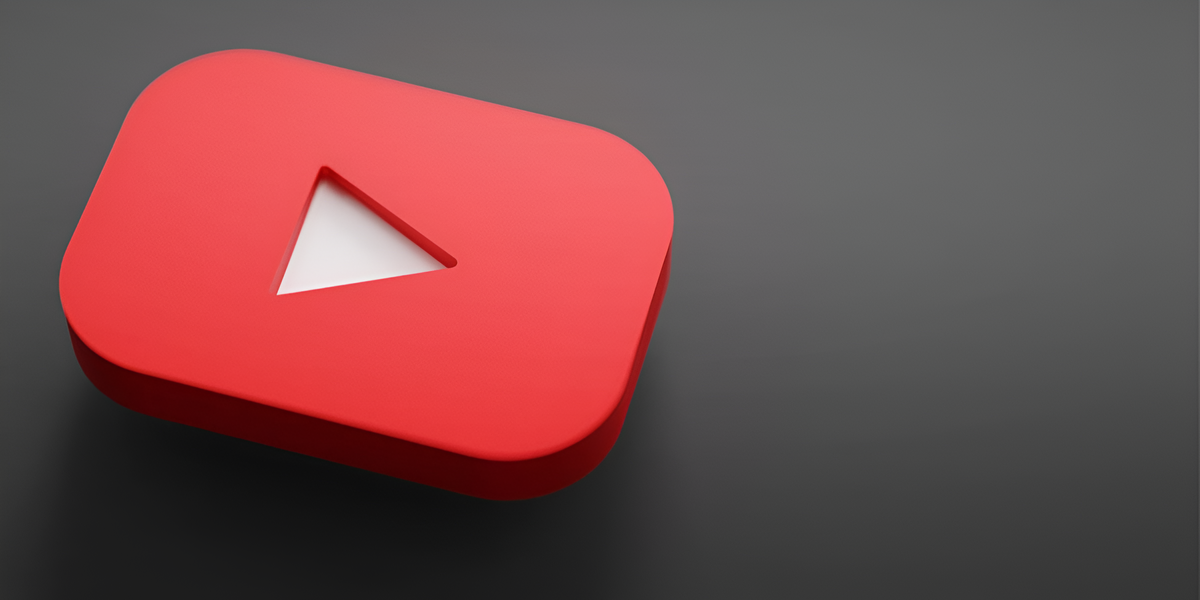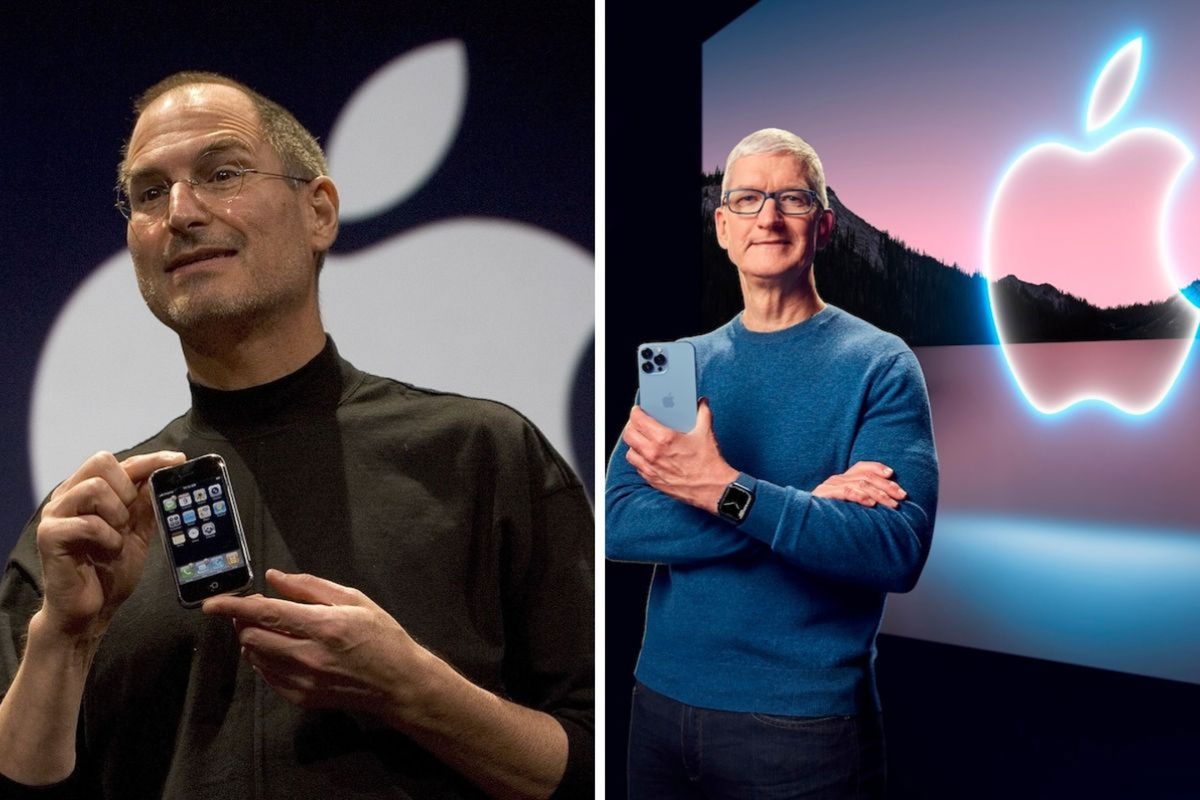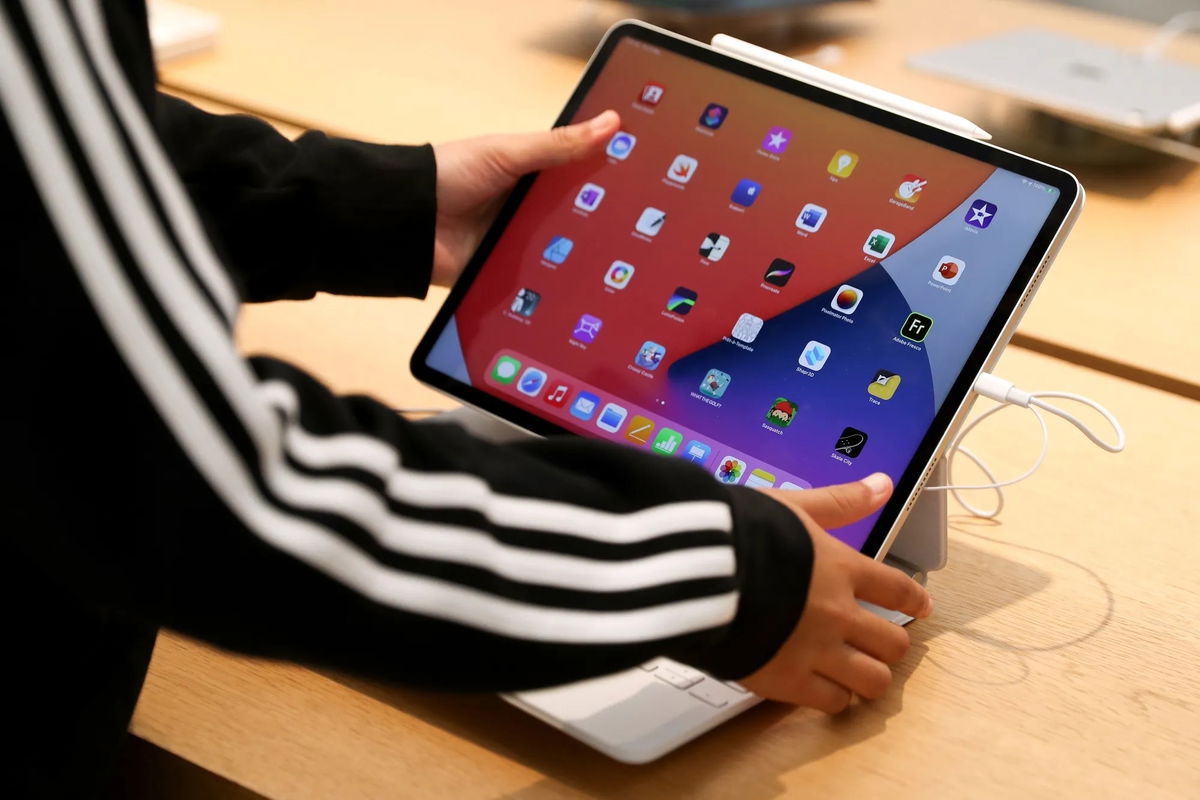How the iPhone was designed: From idea to prototype to final version
The iPhone’s history is impressive, but how did it get from idea to final production? Here we’ll take a look at the entire cycle, including design tests, prototypes, and curiosities.
Have you ever wondered what design and product engineering is like at Apple? It is normal for them to present some concepts in their presentations, but how they arrived at this is not mentioned. Every Apple product goes through various stages of developmentAny physical product or object is technological or has no origin. In these stages different criteria are tested durability, resistance to certain elements such as water, feasibility of both the design and implementation of the components, etc. Thanks to different articles on AppleInsider and The Verge, we will explore the long path of an Apple product like the iPhone.
- Ideas about iPhone design come before prototype
- Pre-prototype tests and first attempt at a functional iPhone
- First prototype of iPhone
- Final verifications before mass production
- Engineering validation
- Design verification
- Production verification
- New iPhone ready for mass production
Ideas about iPhone design come before prototype
Origin is very important The success of a technological product may depend on it. In the case of Apple. There is currently talk of prototypes of future foldable iPhones and iPads, but before that, Apple has already discussed the design idea, which has not yet been leaked.
For iPhone and other products necessary to create the design of the product with incredible differencesNumerous things were created to model what it would physically look like. No hardware components are included; this is a conceptual reference only. in terms of design. For example, The original iPhone had a polycarbonate casing and finally they were made of aluminum and glass.

The first step towards the prototype, the idea and the main design of the iPhone
When it comes to Apple and almost any other technology company, it’s hard to see this kind of design because it’s an industry secret.One of the few times a product’s ideas were seen inside was in a legal dispute with Samsung in 2012.
Pre-prototype tests and first attempt at a functional iPhone
After the idea phase and final design are completed, Documents and CAD files related to iPhone designs are sentcontaining all the features and measurements, so that factories can do these.

iPhone SE 4 CAD files images
Other changes to the mounting and supports are likely to be made at this stage.. This is because they Ensure all iPhone components are included for manufacturing and assemblyAfter completing the initial design and approving any relevant changes, There are areas equipped with cameras and robots where drop tests are performed.. Before this a Test with plastic plates with product measurements to see that everything is being tracked correctly.
The “Drop1” device, as the initial test was called, has the following features: Basic components consisting of case and glass backplate. Different colored devices can be seen during the drop phase if a new color or material is added to test durability (like the iPhone 15 Pro’s titanium). The components that come inside the devices are spare parts, so they do not yet include final assembly.
iPhones must pass different height and specific angle tests These are analyzed in the results section. I know too immersed in liquids In the event of a fall, the iPhone travels through a plastic tube that is difficult to knock down with metal objects. The process is widely documented defects, problems with the case are reported or tests are simply reported as passed. “Downgrade” devices can be numbered consecutively if changes are made and the above tests are restarted if necessary.
When we finally talk about Proto development.This is where you see First preview version of iPhone with working parts and all components to be assembled for mass production. Changes are still visible even at this stage, as there may be differences from what is seen in the final product. Typically you have two units, “Proto1” and “Proto2”, running a temporary iOS called NonUI.It is not an official operating system as it only tests hardware and is tested by engineers in the field.
First prototype of iPhone
Do you know how the iPhone is secretly named inside Apple? “M68” and “Purple 2”they may sound like the names of special agents, but no, they were code names that referred to the first iPhone. According to The Verge, Engineers at the time didn’t even know the final look. of that device.
Curiously, In the years leading up to the final launch, Apple created prototype motherboards that contained the parts that would make the iPhone functional.. It’s hard to believe this is an iPhone prototype when you see the image. The motherboard was about the size of a PC board..

The first prototype of the original iPhone
Some of the included connectors were serial connections for testing iPod accessories; remember that the 30-pin connector existed before the iPhone. miniUSB connectors for engineers to access iPhone interface and code without the screen being active. One last curious fact about this prototype, Apple’s application processor uses Samsung memory with 620MHz ARM which gave birth to the iPhone with its first operating system.
Final verifications before mass production
It’s time to get in The final stages before the iPhone’s productionAt this point, it is time to technically validate the iPhone in terms of engineering, design and manufacturing.

iPhone 6 prototype put to the test
Engineering validation
This is where the focus is excellence in hardware and components this will be part of the iPhone. And if that’s not enough, More stages are developed to reach the final goal. engineering verification testing (EVT) could number the sub-stages consecutively in case of new changes in the development of the iPhone.
You can say that this is The final turning point for the future of the iPhone. if any Strong problem before mass productionYou can go back to engineering verification. continue with the tests at this point and fix these problems.
To illustrate this point, there is the case of the iPhone 15 Pro, which has buttons that are very different from those currently known. These were haptic buttons, like the iPhones with Touch ID since the iPhone 7. At the end of the phase, hardware that is not necessary for mass production is discarded.

tactile button iPhone 15 Pro
Design verification
This is the intermediate stage of validations; design validation testing (DVT for English abbreviation). At this point Check if the iPhone has fully functional hardware and a flawless design nor is there a problem with its structure.
Like engineering validation, design validation has sub-phases and is a longer process. One very important thing about design validation is, submitting devices to regulatory authorities in which order They will confirm to all regulations and laws regarding electronic device.. As a curiosity, Global phone operators and network providers are buying units serving Check compatibility with cellular networks.
NonUI system moves to the next level called CarrierOSIt allows you to navigate a defined iOS user interface, but with test applications to check their operation in terms of mobile network and variants.
Production verification
This is when the iPhone is about to be sent into mass production, even though it still runs NonUI inside. At this stage, the art of manufacturing needs to be verified and perfected.The iPhone needs to be perfectly suited for mass production.
There could be other changes to the new colors (like the new iPhone color in the spring). The iPhone is almost ready to see the light of day after the production validation phase is complete.
New iPhone ready for mass production

Foxconn employees on the production line.
Prototypes will cease to be prototypes at this final stageAll iPhone factories will begin mass production with hardware testing before shipping to stores.
NonUI becomes more important as employees have to interact with these iPhones. They need to complete QA testing before installing the latest version of iOS. As a curiosity, There is no perfect iPhone as many have hardware failures or defects that are no longer repairable.These are recycled to become part of the original production process again.
The original iPhone has varied incredibly in both shape and size since 2007. We never imagined the magnitude of the consequences of its launch. Where once the mobile phone was the ideal device for voice and text communication, it is now a smartphone with extraordinary capabilities. Have you ever thought about how the iPhone has changed your concept of a mobile phone since you first had one in your life?If you want to learn more about other Apple prototypes, here are 5 prototypes Apple doesn’t want you to see.
You can follow iPadify yourself On Facebook, WhatsApp, Twitter (X) or check our Telegram channel to stay updated with the latest tech news.
Source: i Padizate













